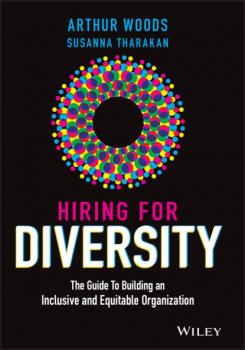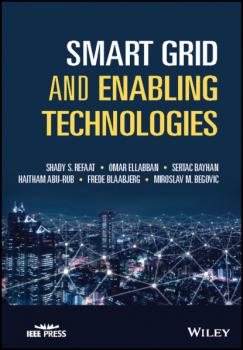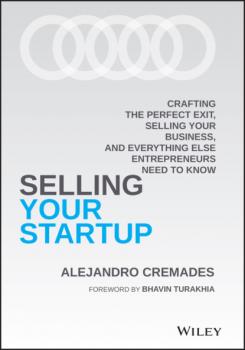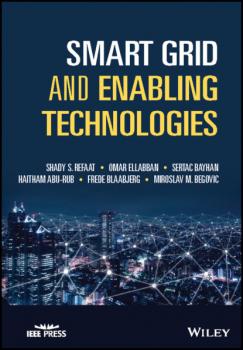John Wiley & Sons Limited
Все книги издательства John Wiley & Sons LimitedHiring for Diversity
You want to build a more diverse organization, but how will you shift your hiring practices? Learn the playbook from the world’s top talent executives and the global leader in diversity recruiting. Hiring for Diversity: The Guide to Building an Inclusive and Equitable Organization brings together the most cutting-edge practices for implementing a diversity hiring strategy that leaves your organization with a comprehensive view and an actionable plan. Using the author’s research-backed Equal Hiring Index ® and work with hundreds of leading employers, the book offers readers the most actionable examples of the policies and practices that inclusive hiring leaders employ today. You’ll learn: How to take stock of your existing hiring and retention practices to identify the most urgent and high impact opportunities Where to enact tactical changes to your hiring practices and policies that will reduce bias and improve accessibility How to develop a comprehensive diversity sourcing strategy by building a holistic understanding of underrepresented communities How to shift the mindset and behavior of people in your organization to collectively advance your diversity hiring efforts How to measure your progress and report your impact in your diversity hiring Perfect for human resources professionals, managers, executives, and board members, and existing and aspiring leaders passionate about diversity, Hiring for Diversity will also earn a prominent spot on the bookshelves of anyone interested in making the company they work in more inclusive, fair, and equitable.
Introduction to Fuzzy Logic
INTRODUCTION TO FUZZY LOGIC Learn more about the history, foundations, and applications of fuzzy logic in this comprehensive resource by an academic leader Introduction to Fuzzy Logic delivers a high-level but accessible introduction to the rapidly growing and evolving field of fuzzy logic and its applications. Distinguished engineer, academic, and author James K. Peckol covers a wide variety of practical topics, including the differences between crisp and fuzzy logic, the people and professionals who find fuzzy logic useful, and the advantages of using fuzzy logic. While the book assumes a solid foundation in embedded systems, including basic logic design, and C/C++ programming, it is written in a practical and easy-to-read style that engages the reader and assists in learning and retention. The author includes introductions of threshold and perceptron logic to further enhance the applicability of the material contained within. After introducing readers to the topic with a brief description of the history and development of the field, Introduction to Fuzzy Logic goes on to discuss a wide variety of foundational and advanced topics, like: A review of Boolean algebra, including logic minimization with algebraic means and Karnaugh maps A discussion of crisp sets, including classic set membership, set theory and operations, and basic classical crisp set properties A discussion of fuzzy sets, including the foundations of fuzzy set logic, set membership functions, and fuzzy set properties An analysis of fuzzy inference and approximate reasoning, along with the concepts of containment and entailment and relations between fuzzy subsets Perfect for mid-level and upper-level undergraduate and graduate students in electrical, mechanical, and computer engineering courses, Introduction to Fuzzy Logic covers topics included in many artificial intelligence, computational intelligence, and soft computing courses. Math students and professionals in a wide variety of fields will also significantly benefit from the material covered in this book.
Smart Grid and Enabling Technologies
Discover foundational topics in smart grid technology as well as an exploration of the current and future state of the industry As the relationship between fossil fuel use and climate change becomes ever clearer, the search is on for reliable, renewable and less harmful sources of energy. Sometimes called the electronet or the energy Internet, smart grids promise to integrate renewable energy, information, and communication technologies with the existing electrical grid and deliver electricity more efficiently and reliably. Smart Grid and Enabling Technologies delivers a complete vision of smart grid technology and applications, including foundational and fundamental technologies, the technology that enables smart grids, the current state of the industry, and future trends in smart energy. The book offers readers thorough discussions of modern smart grid technology, including advanced metering infrastructure, net zero energy buildings, and communication, data management, and networks in smart grids. The accomplished authors also discuss critical challenges and barriers facing the smart grid industry as well as trends likely to be of import in its future development. Readers will also benefit from the inclusion of: A thorough introduction to smart grid architecture, including traditional grids, the fundamentals of electric power, definitions and classifications of smart grids, and the components of smart grid technology An exploration of the opportunities and challenges posed by renewable energy integration Practical discussions of power electronics in the smart grid, including power electronics converters for distributed generation, flexible alternating current transmission systems, and high voltage direct current transmission systems An analysis of distributed generation Perfect for scientists, researchers, engineers, graduate students, and senior undergraduate students studying and working with electrical power systems and communication systems. Smart Grid and Enabling Technologies will also earn a place in the libraries of economists, government planners and regulators, policy makers, and energy stakeholders working in the smart grid field.









